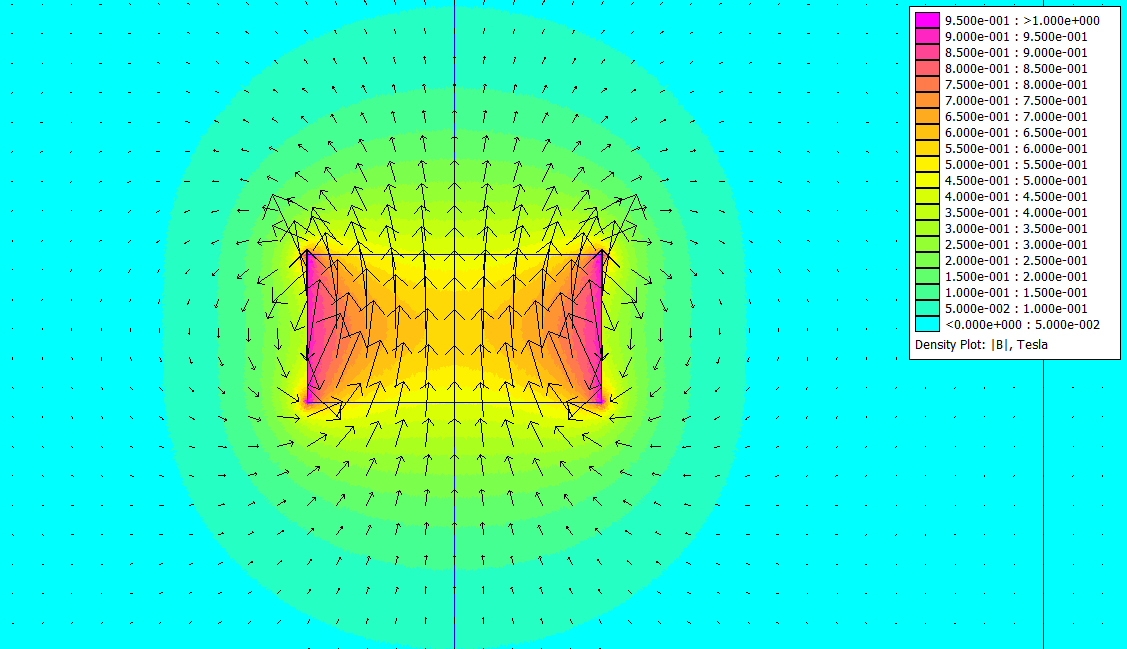
you just simply replace the 3rd column of coordinates, i.e. Since I am quite lazy to explain as well as I do not know what you had in hand and want to perform, any discussion in details is sure. Now openning the vtk file by paraview, you will get something like this Simple surface on a triangle mesh with vertices (xj,yj,zj) for j=0,8. Lastly, make a file, say triangle_surf.vtk, with the following contents: # vtk DataFile Version 2.0 Secondly, adding values of $z_j=z(x_j,y_j)$, for instance, $z_0 = 1$ and $z_j = 0$ for $j \not = 0$, we now had the set of 9 points in 3D, where $z(x,y)$ is the scalar that we want to plot, and the mesh now is with 8 trianlges surrounding $(0,0)$. For example, we firstly generate vertices like this: $(x_0, y_0) = (0,0)$ and Suppose that you had a set of vertices of the triangle mesh and a scalar field valued at the vertices. Here I'm going to provide you a very simple example. We can use the UNSTRUCTURED_GRID dataset attribute format in VTK. I Edited my message with an example of my vtk file. How can I obtain plots like the first one? Something like an "elevation", but in paraview I just had obtained plane plots like They mostly recommended using calculator in ParaView, which does nothing for me (not like I had proper training in ParaView which may be the issue, but I don't have enough time to learn another program - just the solution to my issue is good enough ).I have a usual vtk file with a mesh of triangles and a scalar velocity. I also tried looking up online tutorials on both youtube or other forums and neither gave me a solution. I also have a tutorial of sorts for visualisation toolkit programming in case I want to write a program from scratch, but if I can, I'd love an easier way to make those variables available to use. I tried using calculator in ParaView and writing in a formula, or enabling custom variables (I think that is what it was called) to be added on the list, but those did not work for me.
#SEPARATE VECTOR INTO COMPONENTS PARAVIEW HOW TO#
But I don't know how to implement vorticity or velocity magnitude as one of the options to use for visualisation.

I made a simulation is SU2 and now need to show results using ParaView. Normally the program has default list of results it can visualise ( density, x and y momentum, cp coefficient, etc.). I am having an issue with setting up variables in ParaView.


 0 kommentar(er)
0 kommentar(er)
